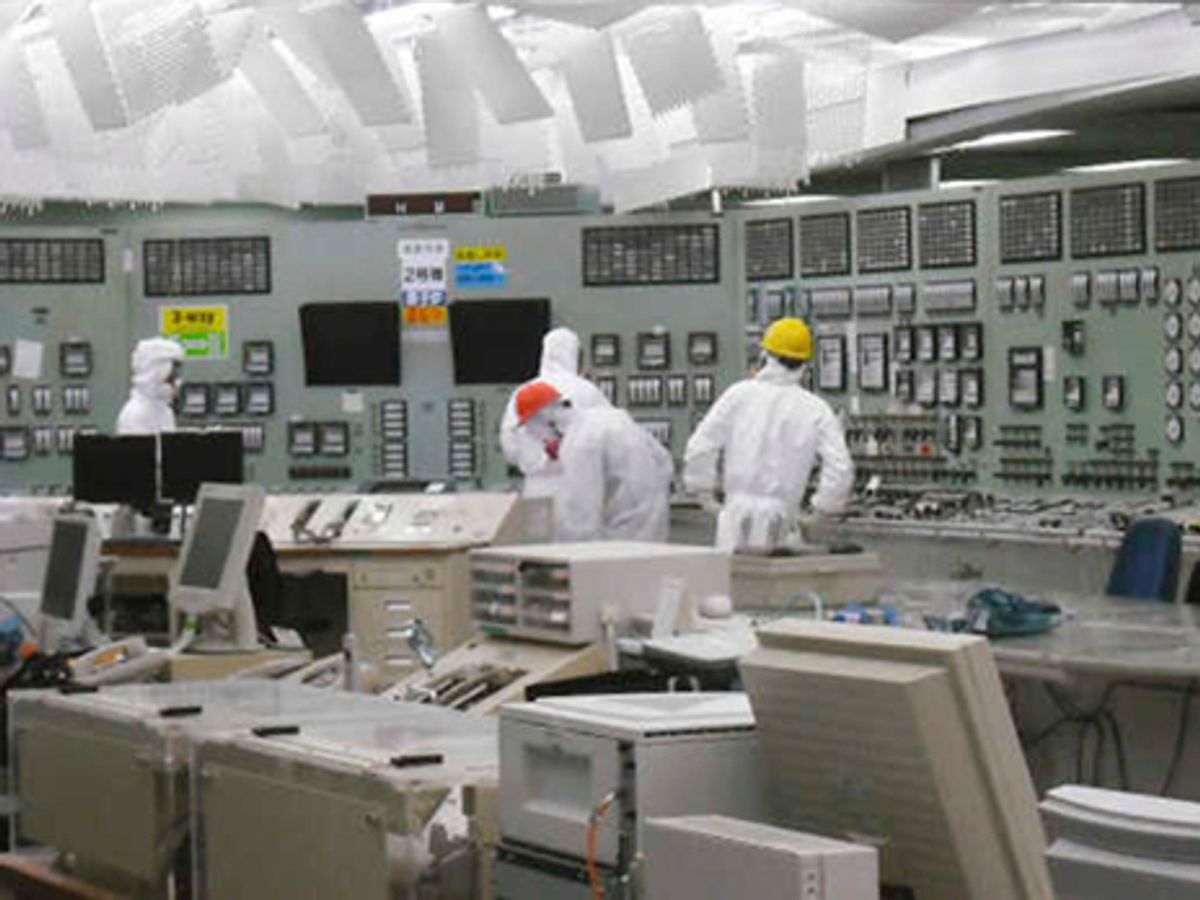This is part of IEEE Spectrum's ongoing coverage of Japan's earthquake and nuclear emergency. For more details on how Fukushima Dai-1's nuclear reactors work and what has gone wrong so far, see our explainer and our timeline.
In an article in The Guardianon Tuesday, Richard T. Lahey, former chair of nuclear engineering at Rensselaer Polytechnic Institute, in Troy, N.Y., was quoted as saying that the evidence he had seen indicated that fuel melted through the pressure vessel of reactor No. 2 at some point after the crisis began. He told The Guardian:
"The indications we have, from the reactor to radiation readings and the materials they are seeing, suggest that the core has melted through the bottom of the pressure vessel in unit two, and at least some of it is down on the floor of the drywell."
This morning, Lahey elaborated on his analysis for IEEE Spectrum, which he said had been accurately reported by The Guardian, but misinterpreted by some. (A careless read of the article suggests a new meltdown at the plant, rather an analysis of what probably occurred early on in the crisis.)
Lahey says his analysis was based on the data sources seen by him and colleagues around the world, but that the information has been inconsistent and changes hourly. “It’s really hard to read the tea leaves,” Lahey says. “They keep blowing around… I may be wrong. I hope I’m wrong.”
However, his best take is that “all cores have melted, and it appears as though Unit 2 has melted through.”
His conclusion about reactor No. 2 comes largely from the amount of radiation in the water found there and the chemical contents of that water.
Flooding the building with sea water was the right move, he says. In a meltdown, where the fuel escapes through the bottom of the chamber, the mix of molten metal—called corium, a buzzword for steel, uranium, zircolite, and other molten goop from the reactor—will vaporize the concrete and create dangerous radioactive aerosols. “The water will scrub out the radioactive aerosols” besides cooling the molten mass.
How long it will take to cool the corium beneath the vessel will depend on exactly how it escaped. If it melted a single big hole through the bottom of the vessel, it would pile up as a blob on the concrete. The blob’s low surface-area-to-volume ratio will make it hard to cool.
However, Lahey thinks there’s a chance that the corium escaped through narrow channels formed by the control rods, which in this type of reactor go all the way to the bottom of the vessel. In that case, the corium could have been extruded through the channels, forming something with more surface area.
Lahey explained the different scenarios with this analogy: imagine trying to cool food with a fan, while it is being cooked at the same time by microwaves. The energy from the microwaves is akin to the decay heat the fuel generates. The fan is like the injected seawater. If the corium is a blob, it’s like trying to cool a potato. If the corium has escaped through the control rod channels it’s more like trying to cool french fries.
No matter what has happened, cooling will have to be maintained at Fukushima for a long time. As an example, Lahey says it takes five years of immersion in water before the decay heat from a fuel rod freshly removed from a reactor is low enough for air cooling. “It’s not an event that goes all that fast,” he says.
We’ll check in with Lahey later as the situation develops.
Our correspondent, John Boyd, questioned experts in Japan about Lahey’s claim, but they were doubtful. Hidehiko Nishiyama, the deputy director general of the Nuclear Industry and Safety Agency (NISA), did not see evidence of a big breach of the pressure vessel, but acknowledged that its not completely contained. “When we look at the release of radioactive material up to now, while we do not believe there is any major breach either to the pressure vessel or the containment vessel, we are pretty sure there is some leakage,” he told Boyd.
Samuel K. Moore is the senior editor at IEEE Spectrum in charge of semiconductors coverage. An IEEE member, he has a bachelor's degree in biomedical engineering from Brown University and a master's degree in journalism from New York University.




